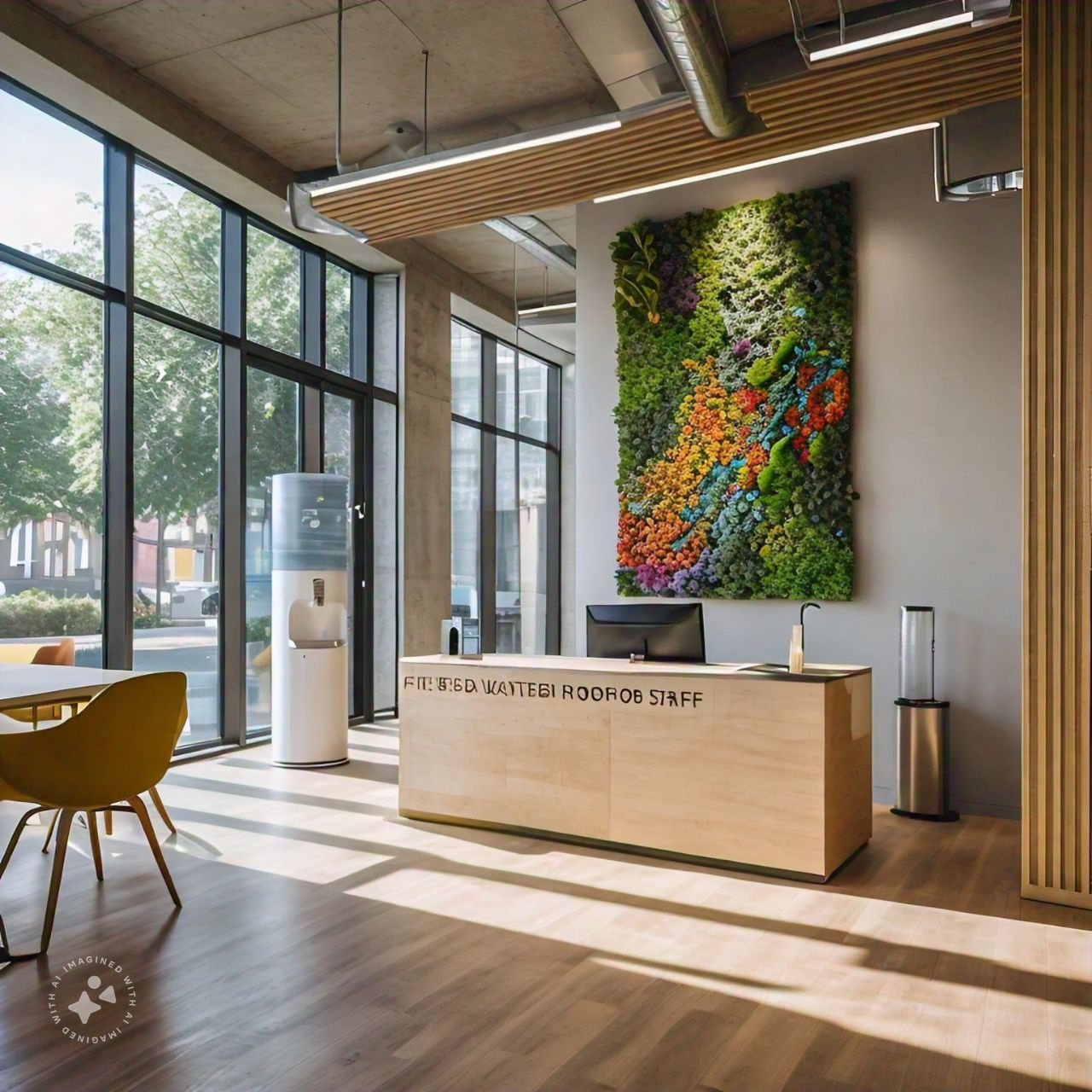Ditch the Commute, Embrace the PJs: The Rise of Remote Work and How Businesses Are Adapting
Gone are the days of battling rush hour traffic, squeezing onto a crowded subway, radio blaring music, and arriving at the office slightly frazzled, most likely due to poor gas station coffee.
Remote working is no longer an outsider or out-of-the-box concept; it has passed. It’s here to stay. Every organization, regardless of size or sector, is now doing remote work because of technological development and changing expectations from those in the workforce. Of course, add to that a global pandemic, which forced an unpremeditated mass experiment in home working. And what an experiment!
Why the Millions: The Attraction of Remote Work, in other words
So then, what accounts for this millions of people waking up to a fully remote workforce? The benefits are humongous, most especially for businesses plus the employees:
- Cost Savings: Lower to zero costs in overhead expenses for businesses including rent, utilities and sometimes even office supplies. The expensive commutes, even more, tends to allow the employee to afford childcare, which in particular can cost a fortune.
- Talent Pool Expansion: Remote work widens a business’s talent pool. It provides an opportunity to attract appropriate candidates for work from anywhere in the world for a specific job position, without letting the geographical location be a constraint. All this works out very crucially for small businesses located among industry giants.
- Increased Productivity: Some studies show that remote workers, in some cases, can be more productive than in-office workers since there are not many distractions, the settings for schedule are flexible, and the environment is free.
- Happier Employees: With more work-life balance and autonomy, remote working employees become happier, more satisfied, and willing to stay.
Environmental Benefits: With less number of cars on the road, this system of working can lead in a roundabout manner to check out indirectly the rise in carbon emissions.
Remote Work: Not Without Its Challenges

If remote work has a lot of good devolving from it, it’s not all sunshine and virtual rainbows. Without a doubt, there are problematic or challenging issues that arise for businesses and employees:
Communication and Collaboration: It’s quite hard to keep up good communication while working remotely, as there will be less ability to really collaborate. Whereas establishing communication is attainable, it consumes extra time in face-to-face rapport building and level understanding in the team.
- Cyber Security Concerns: There should be strong cybersecurity measures to protect sensitive data when employees work from just about anywhere but the general office arrangement.
- Employee Loneliness and Isolation: While some do exceptionally well without a structured office arrangement, other workers are afflicted by loneliness or are perhaps too introverted. Organizations will strive for some sense of cohesiveness to connect and gain a sense of belonging for workers.
Work-Life Balance Woes: One of the main challenges in remote work is that the work-life borders tend to become blurred. Make sure you set sufficient boundaries with yourself and keep a regular schedule of when you are working, making sure you do not work past your limits and burn out.
Thriving in the Age of Remote Work: Tips for Businesses and Employees
So what’s a business or an employee to do, trying to stay afloat in this promising but somewhat treacherous sea of remote work? Here are some tips.
- Businesses:
- Invest in Communication Tools: Use video conferencing platforms, message apps, and project management software for joint work of any type across teams that might be located in different regions.
- Set Clear Expectations : For all remote employees, set clear expectations of performance, communication, and work hours.
- Prioritize Cyber Security : Implement and adhere to strong cybersecurity mechanisms to protect sensitive information and ensure responsible use of the company’s technology * Encourages Work Life Balance – encourages its employees to have breaks and unplug from work at the end of the day and even while on leave.
- Lend a Remote-Friendly Culture: Instill a sense of community by engaging in virtual team-building exercises and social experiences in the workplace.
- Employees:
- Space Dedicated for Work: A dedicated workspace would mitigate distraction and enhance productivity.
- Schedule Implement and maintain a schedule for work.
- Communication: Stay very consciously in touch with those around you, whether your work peers or even further up the line to the line managers. Do not hesitate to feel that you have to be in touch with one another simply to ask questions or just to remain in touch.
- Set Boundaries: Communicate with peers and family what hours you are at work. These lines demarcate so that work territory does not start to obliterate the rest of your life.
- Stay in Touch: Make sure you use those virtual meeting and social events to stay-in-touch on what your team members are up to and for not feeling left out.
Working offsite puts change into the work that people do. It is a trend likely to be developed further in the future whereby businesses, employees, and new innovative ways of collaboration and thriving efforts must be worked out in order to be distributedly working.
What should you take from this? Perhaps the future of work will be quite flexible, embracing the opportunities and challenges of remote work so your businesses will continue to be competitive, attracting top talent, raising productivity, and creating a happier, healthier workforce. For the employee, maybe this means a better work-life balance, freedom from the traditional work environment, and maybe even creating a workspace environment that is most conducive and well liked by them.
Here are the major new trends and innovations in space for the future of distributed work in the light of the great popularity of remote working:
Virtual Reality and Augmented Reality: An all-immersive setup that allows people to work in conjunction with each other on projects regardless of where they are physically. These interactive and immersive technologies will change the way there is an experience of remote collaboration on a day-to-day basis at work.

- Focus on Results, Not Hours: This is rather a relative typical concept of a 9-to-5 day in a remote work setting. This, then, shifts emphasis to measurement of results and productivity, but not simply to the number of hours on the job.
- The Rise of Remote Work Hubs: The newest things appearing all over the globe are remote work hubs, which are also known as co-working spaces. The idea of a remote work hub equipped with eraser boards is quite groundbreaking for scores of employees who want to work not at their home office but elsewhere. These environments are quite professional but manage to have an ambiance of community and social interaction.
The Future of Offices The conventional office is not necessarily dead yet, but its very nature is going to be transformed. Offices could become collaboration hubs, places for brainstorming, and even combine a little social side action, while daily work is performed remotely.
The Future of Work Belongs to You The rise of the remote worker finally seizes the moment to get down to the business at hand. It is an opportunity to be designing a workspace that increases mattering, well-being, and a healthy balance between work and personal life. Whether you’re an employer now welcoming a remote workforce or a worker craving this new freedom and flexibility, the future of work is in your hands. So grab that laptop, turn that commute way down, and be prepared to banish lots of the sedentary superstitions that you may be harboring about the future of the remote workplace.












